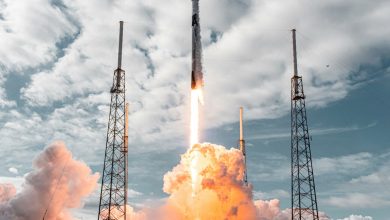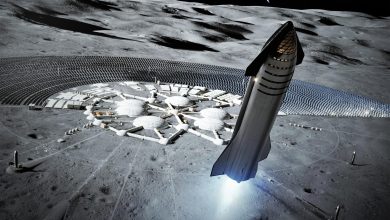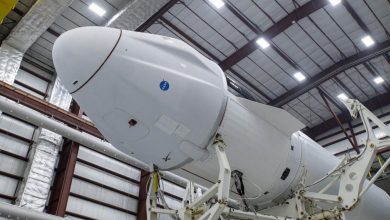
Following the surprising explosion of Space Exploration Technologies Corp.’s (SpaceX) Starship SN10 prototype, the company’s chief executive officer and chief engineer Mr. Elon Musk took to Twitter to provide details behind the accident. SpaceX is busy testing the upper-stage prototypes for its next-generation launch vehicle dubbed Starship – which Mr. Musk hopes will fulfill the company’s foundational aim of making humanity a multi-planetary species.
Elon Musk has detailed just what went wrong with the SpaceX SN10 Starship, after the latest prototype landed only to promptly explode earlier this month. At first, all seemed to be going unexpectedly well for the test rocket, which had completed a mesmerizing controlled descent back to the landing pad.
The prototype which SpaceX tested last week was the third vehicle to successfully lift off and perform a complex landing flip maneuver mid-air. However, it was the first that landed in one piece, with the other two being unable to generate sufficient thrust to counter gravity.
When it touched down, apparently safely, it seemed like SpaceX had nailed one of the most complex parts of the process for making a reusable, more cost-effective rocket. About sixty seconds later, though, flames and wreckage were dominating the pad, after the Starship exploded.
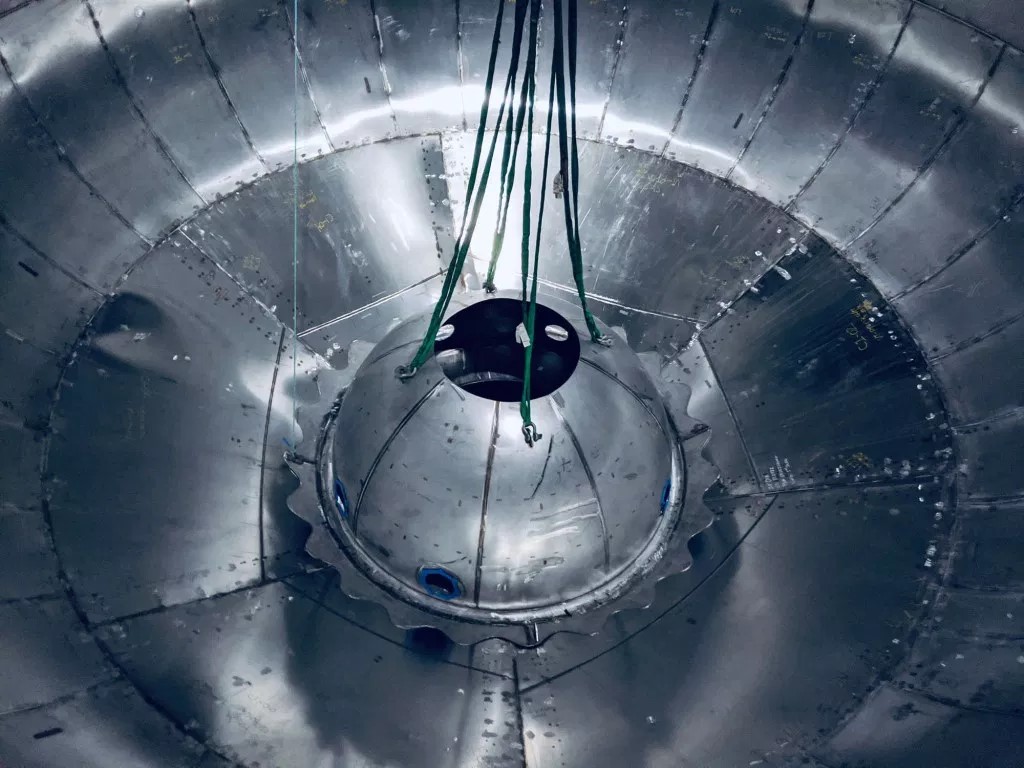
Its predecessors, SN8 and SN9, crashed due to different reasons. While the latter’s crash was due to a programming decision that SpaceX made – an error that Musk admitted – the former crashed due to insufficient fuel pressure in the vehicle’s secondary tank located at the top. Rocket tanks need to maintain their internal pressure as fuel exits them, otherwise the engine cannot generate stable thrust.
SpaceX dispatched a Boston Dynamics robot dog to explore the remains of the SN10 rocket, trying to figure out just what went wrong in the process. Elon Musk has now shared some insight in that, along with taking responsibility for one of the key decisions which it seems led to the explosion.
The “SN10 engine was low on thrust due (probably) to partial helium ingestion from fuel header tank,” Musk tweeted. “Impact of 10m/s crushed legs & part of skirt. Multiple fixes in work for SN11.”
The presence of helium, however, was an intentional one, not an accident. After it was pointed out that the helium pressurization was added to the Starship prototype’s CH4 header tank to avoid the same issue that a previous prototype, SN8, encountered, Musk agreed that it contributed to SN10’s explosion.
Back in November 2020, the rocket encountered an issue with pneumatic pressure, with the liquid oxygen header tank pressure increasing.
Prior to SN9, SpaceX used autogenous pressurization for maintaining tank pressure. This involves taking exhaust from Starship’s Raptor engines and feeding it back into the tank to ensure a vacuum is not present.
“If autogenous pressurization had been used, CH4 bubbles would most likely have reverted to liquid,” Musk agreed. “Helium in header was used to prevent ullage collapse from slosh, which happened in prior flight. My fault for approving. Sounded good at the time.”
For a vehicle that is nearly 12 stories tall, the force that such a velocity creates during impact with the ground is unlikely to be absorbed by Starship’s landing legs. However, the legs themselves might not have stood a chance even if the tanks worked normally since three of them did not lock in place after deploying during the landing attempt.
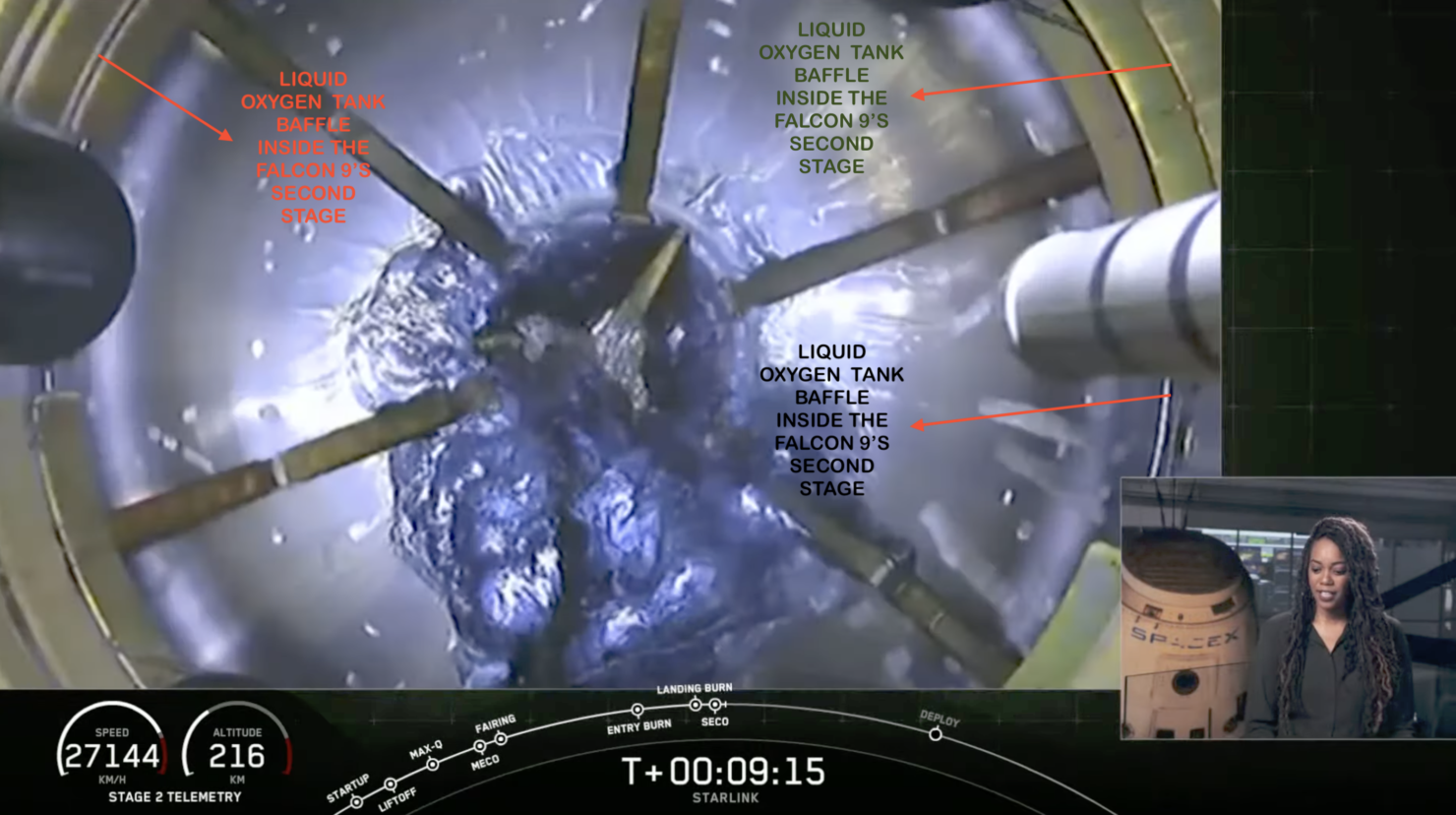
Of course, prototypes like SN10 are designed to help work through these sort of challenges, and SpaceX clearly is still in the midst of development. That includes identifying when intended fixes actually could be presenting more of an issue than helping with it. Asked about whether baffles would be used to prevent the slosh issue in future rockets, Musk said that they were actually present on SN10, and could’ve been part of the problem.
“There were baffles, but one may have acted like a straw to suck bubbles in from above liquid/gas level,” he explained. “Something similar happened on an early Falcon 1 flight, resulting in unexpectedly high liquid oxygen residuals at main engine cutoff.”
The Starship SN11 prototype has already been constructed, and SpaceX is currently in preparation to launch another high-altitude test.

